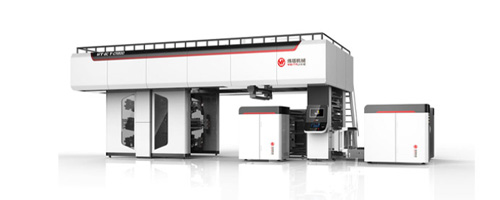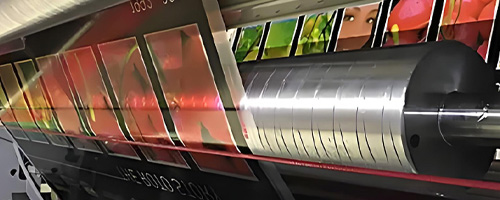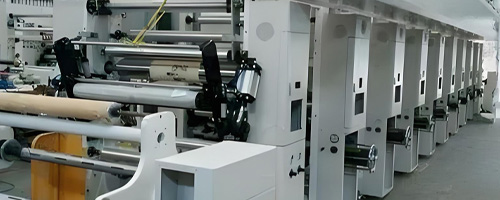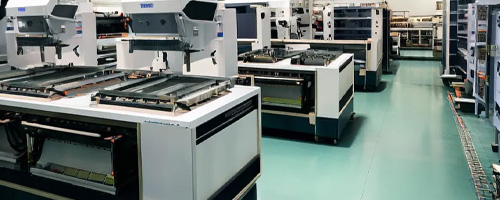 RU
RU
 EN
EN
 CN
CN

Position:HOME > Ink Knowledge

The pattern on the printing plate is prominent, the blank place is concave, through the anilox rollers to transfer ink, generally printed with water-based and UV inks, can reach 400 meters per minute. Flexographic printing is also a kind of letterpress printing.

The printing pattern on the surface of the printing plate is concave, the blank space is protruding, the printing ink layer is very thick, the color is bright, the line is clear, and the saturation is high. Solvent-based ink and water-based ink are available!

The graphic part and the blank part is in the same plane, to the surface of the printing plate inking, only the graphic part of the adsorption of ink, plate work is simple, low cost, suitable for large quantities of printing, mainly using solvent-based inks.

The printing plate consists of a number of small sieve holes, non-graphic part of the mesh is coated with a photopolymer coating sealed, printing adaptability, thick ink layer, three-dimensional sense of strong, bright colors, mainly solvent-based ink.
The food and beverage industry relies heavily on high-quality, visually appealing, and durable packaging to attract consumers and protect products. UV flexo inks, known for their fast curing,
Nov 26 2024
By leveraging the strengths of Chinese UV flexographic ink manufacturers, businesses can streamline their production processes, reduce costs, and enhance the quality of their printed materials
Nov 25 2024
Ready to elevate your cosmetic packaging? Explore premium UV flexo ink solutions to bring your label designs to life with unmatched vibrancy and quality.
Nov 22 2024
Based on our years of experience, if we can achieve the following 7 points, we can choose a suitable UV flexographic ink manufacturer for ourselves
Nov 21 2024
If you’re seeking high-quality UV flexo inks manufacturers in China, you’ll find a range of suppliers ready to meet your needs with innovative products and exceptional service.
Nov 21 2024
UV flexographic (UV flexo) inks have emerged as a transformative choice for professional printing, particularly in the flexible packaging industry. The use of UV flexographic ink has the following benefits:
Nov 20 2024
UV flexo inks are helping brands enhance their packaging while reducing their environmental impact. As the flexible packaging market continues to grow, UV flexo inks are poised to play a pivotal role in shaping its future.
Nov 19 2024
The standards for UV inks (ultraviolet-cured inks) in the United States primarily involve environmental protection regulations, product safety
Nov 18 2024
The REACH Regulation (Registration, Evaluation, Authorisation, and Restriction of Chemicals) is the core regulation for chemical management in the European Union (EU), which took effect in 2007. It aims to protect human health and the environment
Nov 17 2024
The regulation of Food Contact Materials (FCMs) by the U.S. Food and Drug Administration (FDA) is crucial. These materials, including various types of packaging, containers, coatings, printing inks,
Nov 15 2024